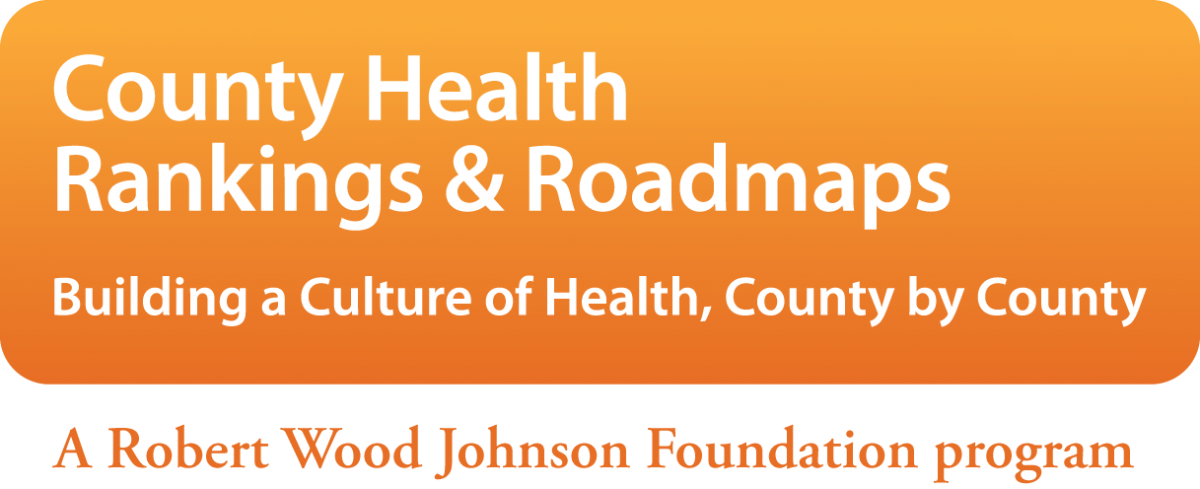County Health Rankings offer new comparisons, data on premature deaths
Upcoming Events
Related News
RWJF County Health measures, but not rankings, can now be compared among counties from different states
For the first time, counties will be able to use the 2016 County Health Rankings to learn how they stack up against similar counties in other states.
The data are being provided in response to counties’ requests, according to Julie Willems van Dijk, co-director of the County Health Rankings & Roadmaps program — and can be accessed through the Compare Counties tool on the health rankings website www.countyhealthrankings.org.
“We heard from lots of people that they want be able to compare their county to similar places not just within their own state but across the nation,” she said. “So this year on the website you are able to pick any county in the nation and compare your county to that county.” This could be especially useful for border counties with neighboring counties in a different state, program officials said.
 Willems van Dijk was quick to add, however, that this new functionality comes with a caveat: You can compare individual measures across state lines, but not rankings, since the latter are based on how counties compare with counties within their states.
Willems van Dijk was quick to add, however, that this new functionality comes with a caveat: You can compare individual measures across state lines, but not rankings, since the latter are based on how counties compare with counties within their states.
Now in their seventh year, the rankings are a collaboration between th Robert Wood Johnson Foundation (RWJF) and the University of Wisconsin Population Health Institute (UWPHI). The rankings are based on 30 health factors and five health outcomes, enabling counties within a state to assess their performance relative to each other. Among the measures rated are physical inactivity, access to health care, household income, educational attainment and children in poverty.
This year’s key findings from the rankings show that following a few years of improvement in premature death rates (deaths before age 75), rural counties lag “far behind” urban and suburban counties. And the rural rates are worsening. Nearly 1 in 5 rural counties saw increases in early deaths over the past decade. Large urban counties have seen the greatest declines in premature death rates since the late 1990s, according to the findings.
A number of new indicators have been highlighted in this year’s rankings, Willems van Dijk added, including frequent physical and mental distress, residential segregation, insufficient sleep and drug-overdose deaths. These data do not figure into the rankings but can be used to provide a county with additional context.
Drug overdose deaths are up 79 percent since 2002. Rates are highest in northern Appalachia and in parts of the West and Southwest, and lowest in the Northeast, she said, adding that this is the first time the rankings have included these measures. “One of the reasons we featured it this year is we have a new data source that has been able to provide modeled data for smaller rural communities. Prior to this, we reported on overdose deaths,” she explained, ”but if there weren’t at least 20 deaths in the community, the data was suppressed.”
For all counties, the average drug overdose rate is 13 per 100,000 population. Sixteen percent of counties have rates of 20 per 100,000. In some counties, it’s as high as 85 per 100,000.
The new residential segregation data show that the segregation of whites and blacks is greatest in the Northeast and Great Lakes regions, and lowest along the coastal southeastern United States.
“The reason we’ve included it is because there is evidence emerging that says communities that are highly segregated have poorer health outcomes, not simply for the minority population, certainly that’s true,” Willems van Dijk said, “but the whole population in very, very segregated communities does not perform as well.”
Conversely, residential segregation can be a plus in certain immigrant communities. “There’s a significant amount of evidence which shows that — especially for new immigrants — living together in communities with other new immigrants actually builds social cohesion and can be very, very positive for people in reducing stress,” she said.
Attachments
Related News

HRSA offers funds to aid care transitions for justice-involved individuals
On April 10, the U.S. Department of Health and Human Services’ Health Resources and Services Administration (HRSA) announced the availability of $51 million in funding opportunities open to HRSA-funded health centers. HRSA-funded health centers, which serve over 30 million patients, play a crucial role in county healthcare systems emphasizing equity and accessibility in healthcare. This new initiative focuses on supporting individuals leaving incarceration by providing health services during the critical 90 days before release, assisting justice-impacted individuals with their return to the community by expanding access to primary healthcare—including mental health and substance use disorder treatment.

Join NACo in celebrating County Health Day on April 19, 2024
County Health Day, which falls during National County Government Month, celebrates the pivotal role counties play in promoting public health and building resilient communities.

FCC takes critical steps to improve the 988 National Suicide Lifeline
On March 21, bipartisan congressional leaders and FCC Chairwoman Jessica Rosenworcel announced steps to improve the 988 National Suicide Lifeline. This announcement marks major progress on the nation’s crisis response, a priority for counties and a key policy pillar of the NACo Commission on Mental Health and Wellbeing.